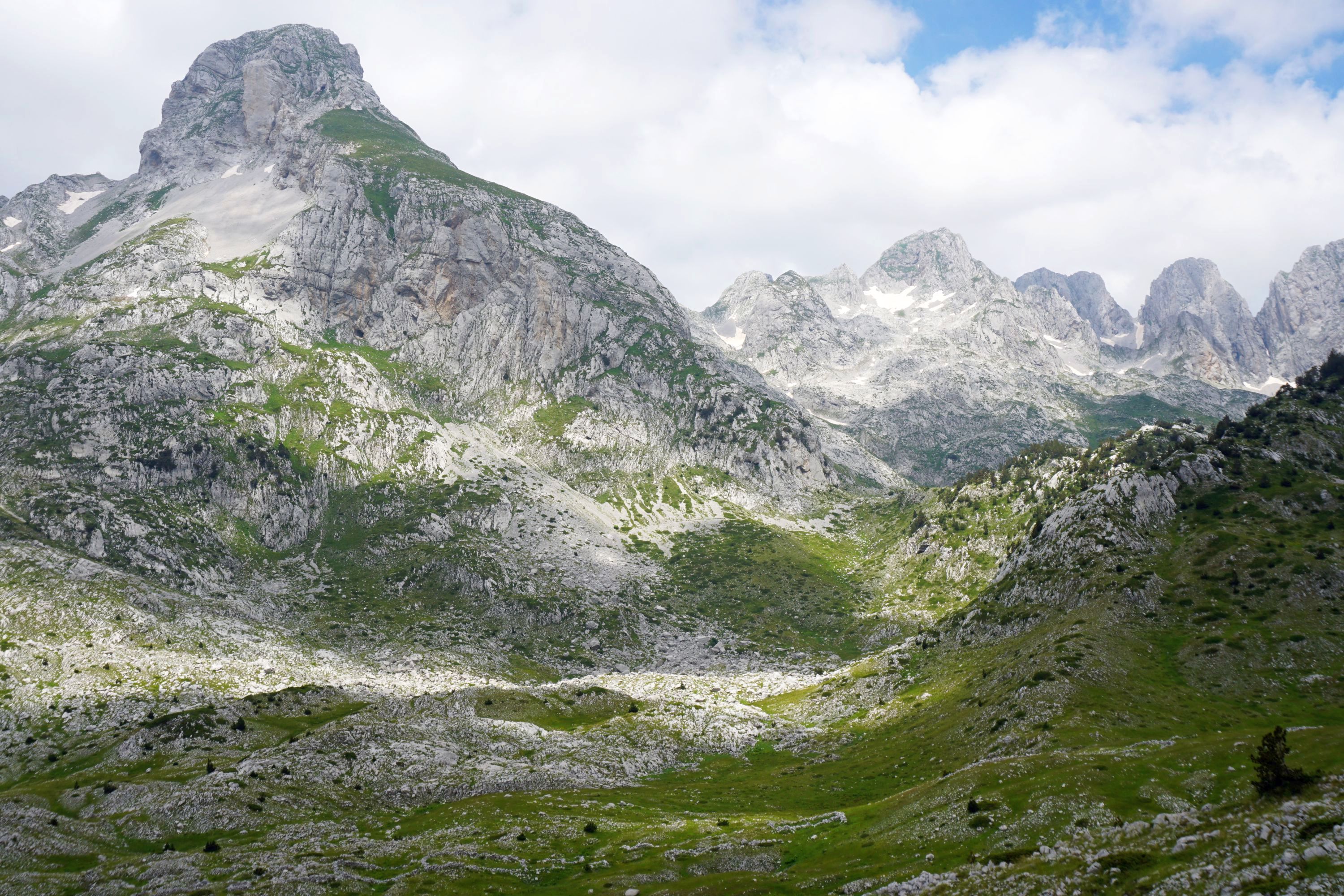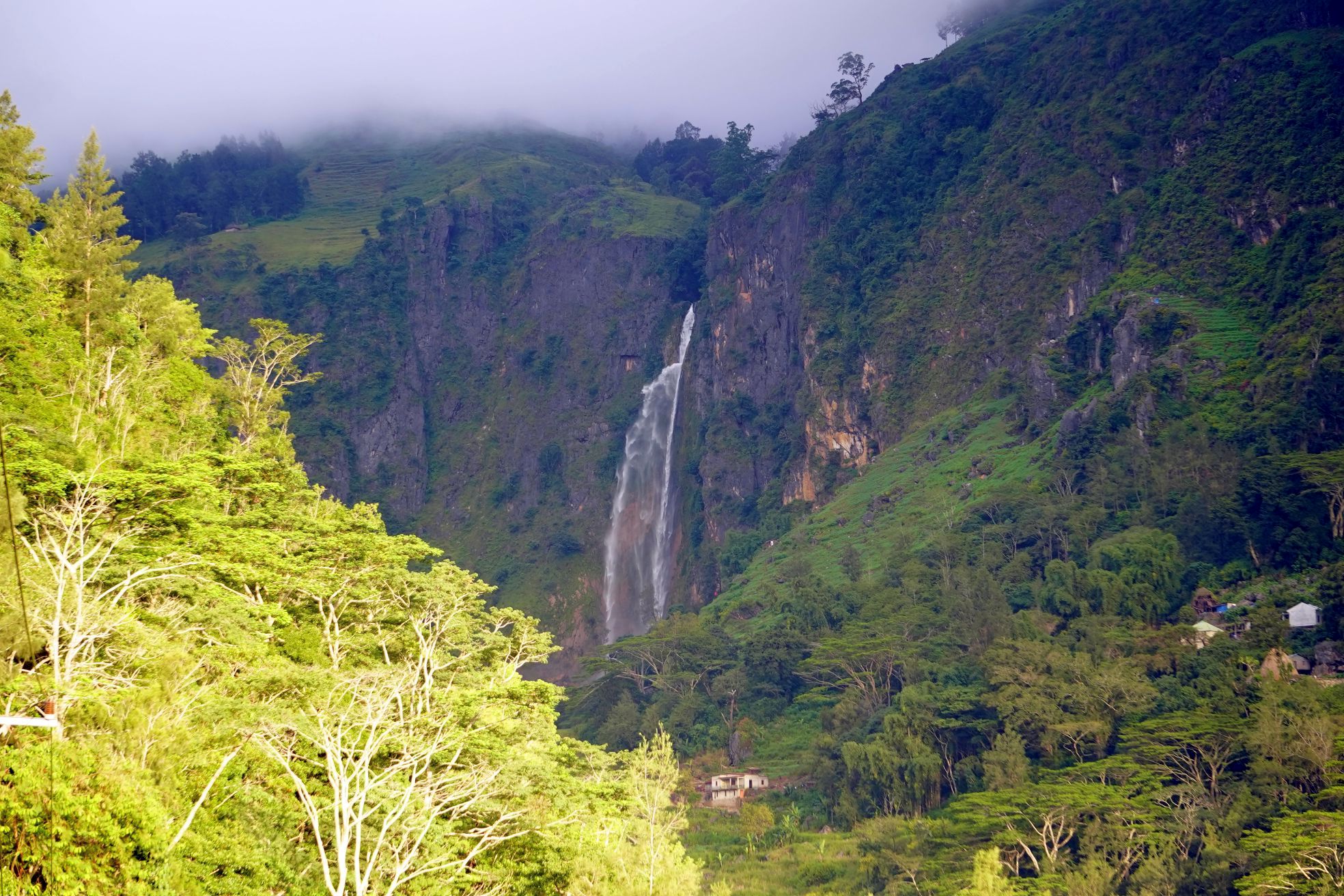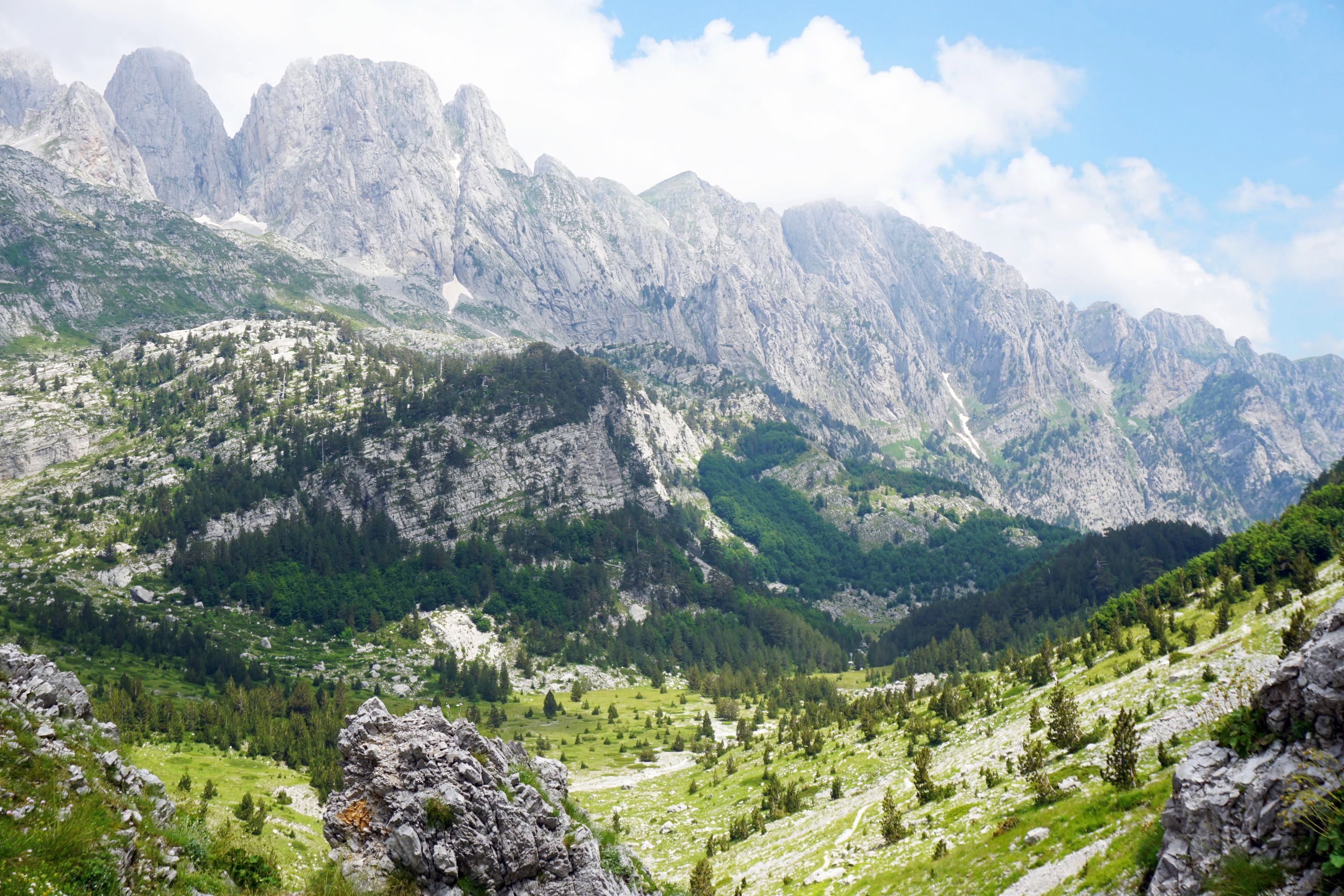Capital of the Ladakh region, the northernmost part of India, bordering China, Leh is an enjoyably relaxed town set in a quite surreal landscape of contrasts.

Leh comes to life in the relatively smart bazaar, which was recently pedestrianised along a couple of main streets. Many of the vendors are Muslims from Kashmir who have moved to the predominantly Buddhist Ladakh in search of work given the continued troubles in Kashmir.



My eye was caught by the green and white mosque of Jama Masjid Leh and the Buddhist temple of Gompa Soma, while the Jama Masjid Imamiya mosque was under reconstruction but the basic prayer room was open.


On a hillside above the bazaar Leh Palace is a scaled down nine story version of Potala Palace in Lhasa, built around 1600. The palace was the home of the kings of Ladakh until 1846 when they moved to Stok Palace. It has been extensively restored from it’s abandoned state but unfortunately there is little inside other than a couple of photo exhibitions. The views are pretty good though.





Even better views can be found from Namgyal Tsemo Gompa, higher up the hillside from the palace. This is several hundred years older than Leh Palace and a more interesting visit. The temples couldn’t compare with the monasteries near Leh but the views were incredible.





Gomang Stupa is a little visited unusual stupa, bright white with steps allowing you onto the first level of the stupa, though look out for holes! Amazingly it dates from the 9th century but has been restored relatively recently.


Shanti Stupa was more impressive, built in 1991 with funds from Japanese Buddhists and not typical of Ladakhi stupas. It requires a bit of effort to walk up to from town but the views make the effort (at over 3,500m above sea level) worthwhile.









By the airport, the Hall of Fame is run by the Indian Army. Inside is interesting information on the region, and borderline propaganda on the numerous wars with Pakistan and China over this region. One room is dedicated to the Siachen Warriors, based on the second longest glacier outside of the polar regions, guarding against Pakistani attack.




Behind the museum is a classic war memorial, next to a sobering graveyard with the hundreds of Indian soldiers who have died fighting wars over this region, or suffering from it’s extreme climate and terrain.



The colourful Peter’s Catholic Church helped break up the long, hot and hilly walk back to town from the Hall of Fame.

As did the seemingly derelict Zorawar Fort (though home to the Scouts), restored only a couple of years ago. I think there is a light show here in the evenings, but during the day it was a pretty desolate place.



Back in town, behind the Bazaar and below Leh Palace is Old Ladakh, which I found by accident. The very narrow alleyways are a reminder of how Leh once was.



Close by the Central Asian Museum has some interesting exhibits and photographs, but the highlight was the view from the top, particularly of the neighbouring white Gurudwara Shri Datun Sahib Ji temple, not currently accessible due to building work.




There were some great views from the sixth floor roof of the hotel I was staying in, somewhere I visited at the start and end of the day to catch the different light on the landscape.


To finish with a few photos from the flight from Leh to Delhi. The airport was possibly the most chaotic I’ve ever been through, but the upside was a hugely scenic flight.
















Leave a Reply